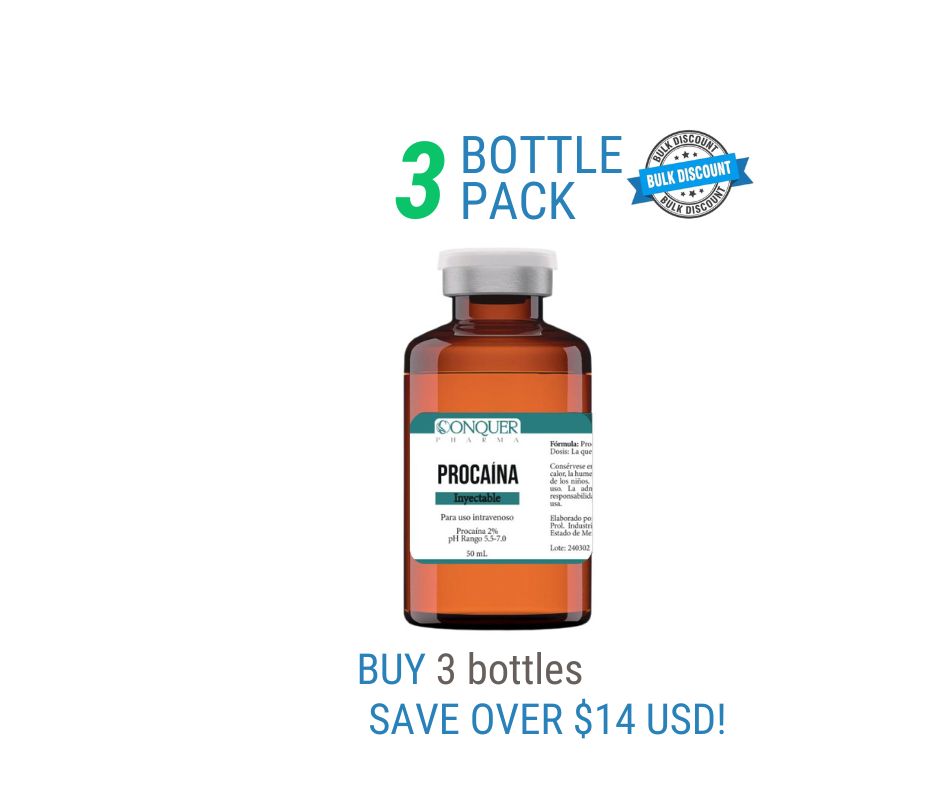My Store
Conquer Procaine 2% 50mL Multi-dose vial
Conquer Procaine 2% 50mL Multi-dose vial
Couldn't load pickup availability
Conquer Procaine 2%?
Conquer Procaine 2%) is a local anesthetic. Conquer Procaine 2%) causes loss of feeling (numbness) of skin and mucous membranes.Conquer Procaine 2%) is used as an injection during surgery and other medical and dental procedures.Conquer Procaine 2% may also be used for purposes other than those listed here.
Conquer Procaine 2% description
A local anesthetic of the ester type that has a slow onset and a short duration of action. It is mainly used for infiltration anesthesia, peripheral nerve block, and spinal block.
Conquer Procaine 2% dosage
As with all local anesthetics, the dose of Conquer Procaine 2% varies and depends upon the area to be anesthetized, the vascularity of the tissues, the number of neuronal segments to be blocked, individual tolerance, and the technique of anesthesia. The lowest dose needed to provide effective anesthesia should be administered.
The diluent may be sterile normal saline, sterile distilled water, spinal fluid; and for hyperbaric technique, sterile dextrose solution.
The usual rate of injection is 1 mL per 5 seconds. Full anesthesia and fixation usually occur in 5 minutes.
STERILIZATION
The drug in intact ampuls is sterile. The preferred method of destroying bacteria on the exterior of ampuls before opening is heat sterilization (autoclaving). Immersion in antiseptic solution is not recommended.
Autoclave at 15-pound pressure, at 121°C (250°F), for 15 minutes. The diluent dextrose may show some brown discoloration due to caramelization.
Protect solutions from light.
Other uses of procaine 2%
Since its creation, Procaine has not only been used with an anesthetic purpose, but with other therapeutic uses as well. In 1906, Vishnevsky described the anti-inflammatory effect of procaine when it was applied. In the next years, other authors including Leriche, Braun and Spiess reported various successful effects in treating several conditions such as trigeminal neuralgia, migraine, throat cancer, fractures, post-operative pain and a wide range of dystrophic disturbances.
Share


